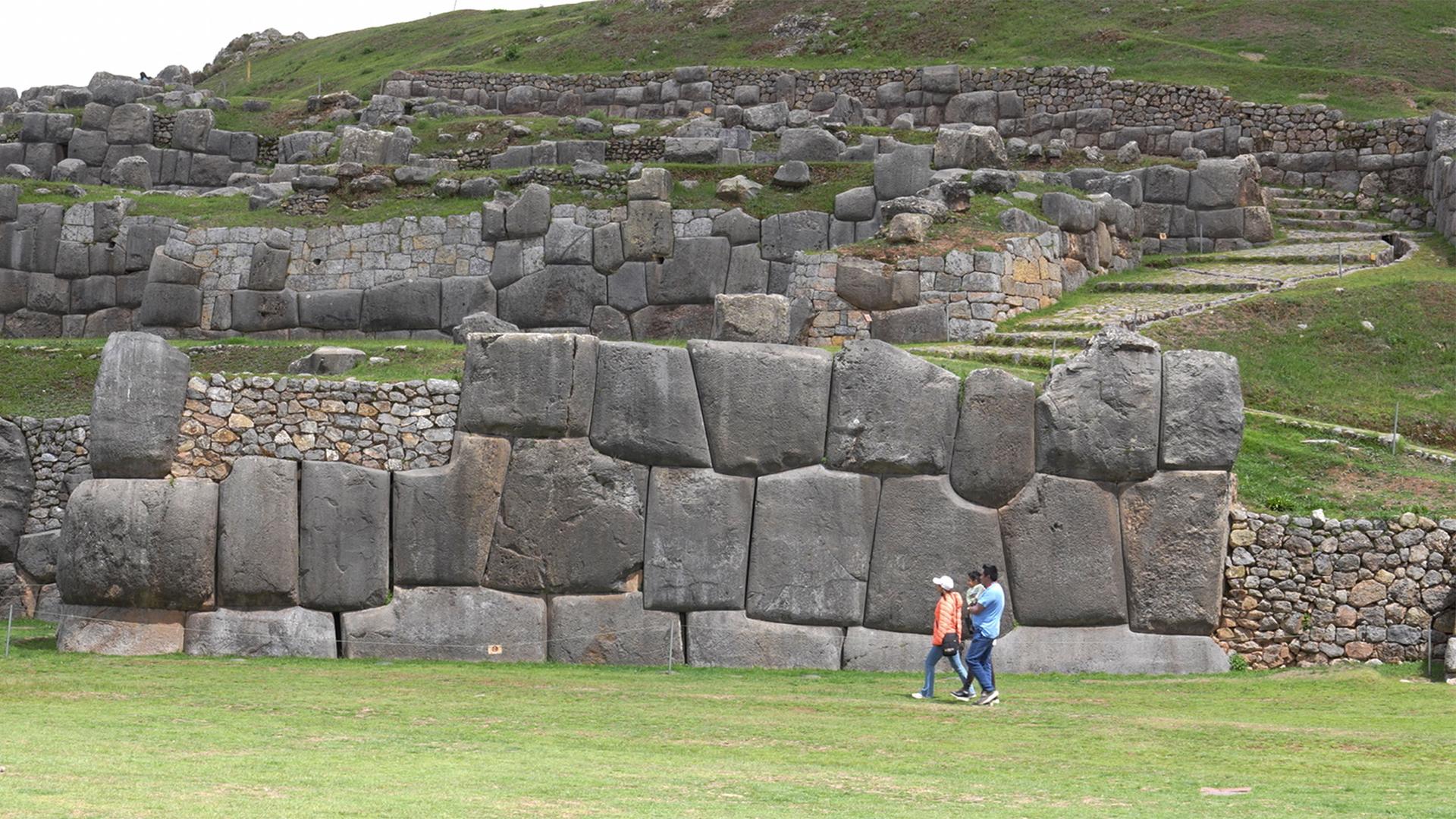With unique architecture dating back to the Inca empire, the city of Cuzco is one of Peru’s most popular tourist destinations.
But now, its cobblestone streets are mostly empty, as protests in the South American country have forced thousands of travelers to cancel their reservations.
The city of 500,000 is usually teeming with backpackers who admire the high ceilings of its baroque churches, and use Cuzco as a departure point for epic treks into the Andes mountains.
But last month, only 4% of its hotel rooms were occupied, according to the local chamber of commerce. And travel agencies are struggling to provide refunds to tourists. Many inhabitants of the city, known as Cuzqueños, say the situation has become critical.
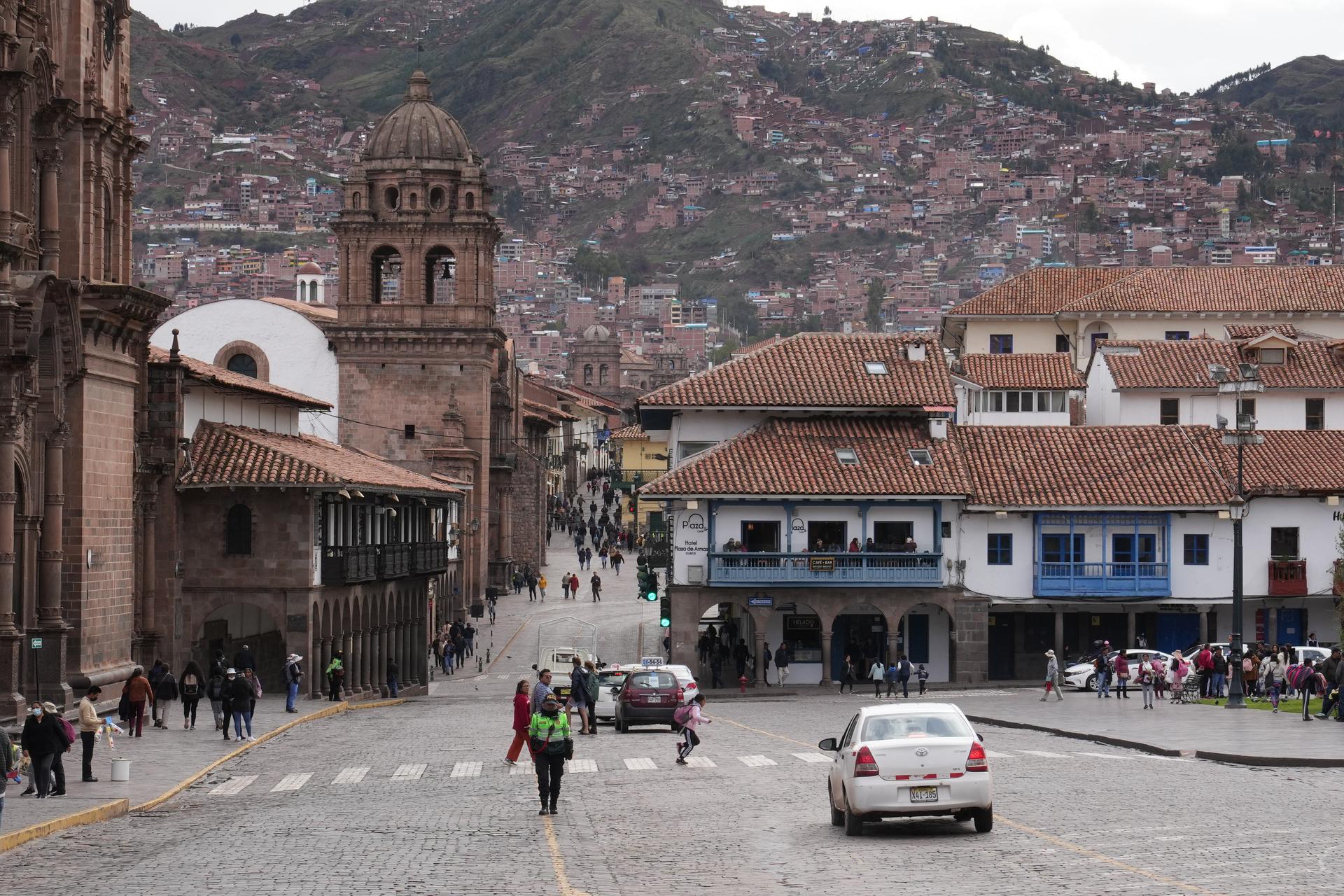
“We are very worried with what’s happening and sometimes we feel overwhelmed,” said Maira Cano, the manager of a store that sells alpaca-wool sweaters and souvenirs near one of Cuzco’s archaeological sites. She said sales are just 20% of what they were before the demonstrations began.
“We need this situation to be solved quickly,” she added.
The protests were sparked by former President Pedro Castillo’s ill-fated attempt to dissolve Congress in December and rule by decree.
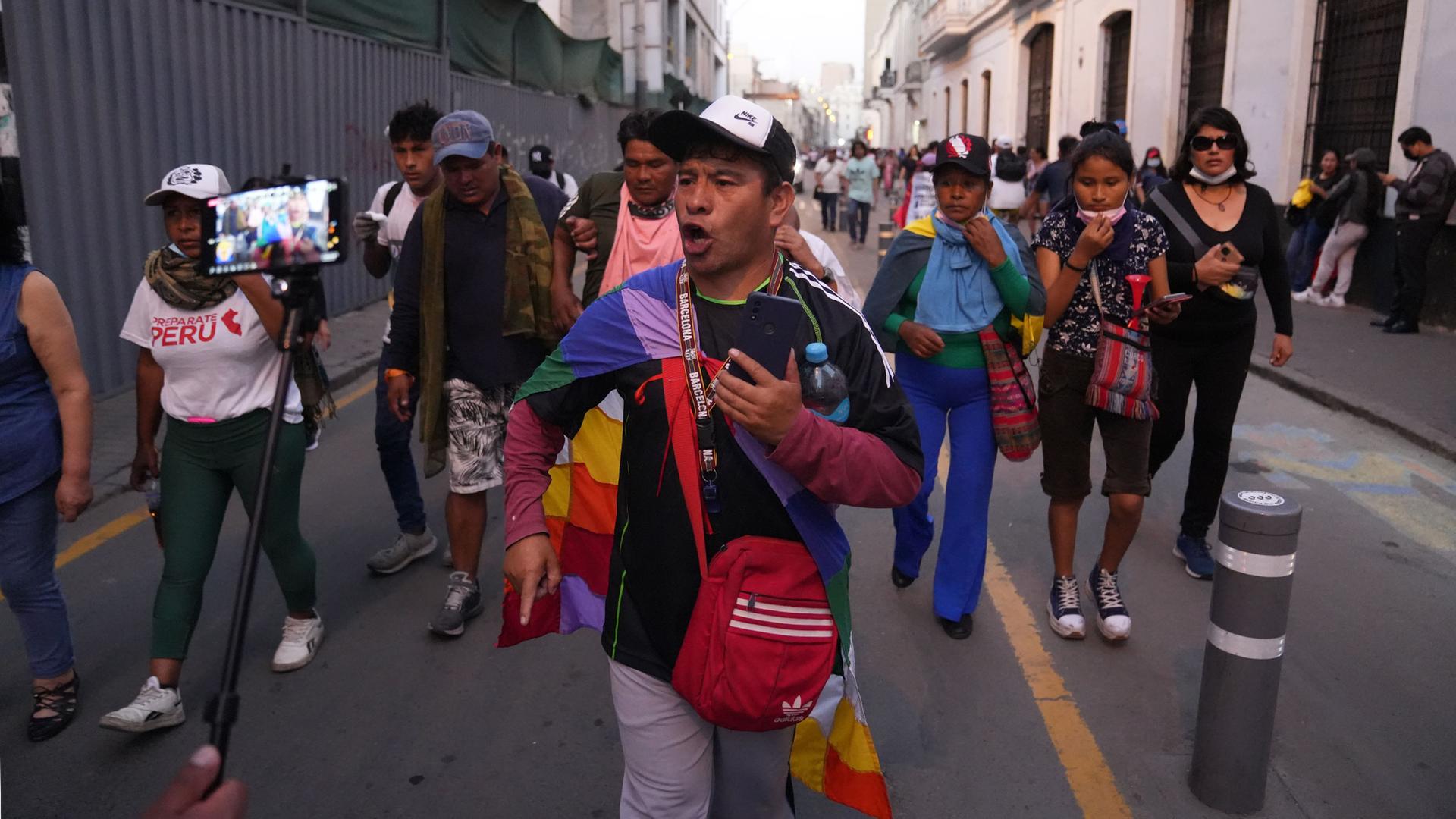
He was promptly impeached and arrested on rebellion charges, and replaced by his vice president, Dina Boluarte. But while his removal complied with Peruvian law, it angered many people in the nation’s Andean highlands, who were hoping that Castillo — a former rural school teacher — would reverse the years of neglect they’ve faced from the central government.
The situation quickly turned violent in some southern cities, where largely Indigenous groups of protesters tried to take over airports, and were met by police gunfire.
The protests then moved to the capital Lima, where thousands of people have been marching to demand the resignation of Boluarte — blaming her for the deaths of dozens of protesters in cities like Juliaca and Ayacucho.
“Many lives have been lost and to honor them we need to change things.”
“We can’t tolerate so much abuse,” said Hansel Ordoñez, who showed up at a protest in Lima with a Peruvian flag draped over his shoulders. “Many lives have been lost and to honor them we need to change things.”
In many parts of southern Peru, including the area around Cuzco, protesters have also blocked rural roads with rocks and logs, in an effort to disrupt the economy.
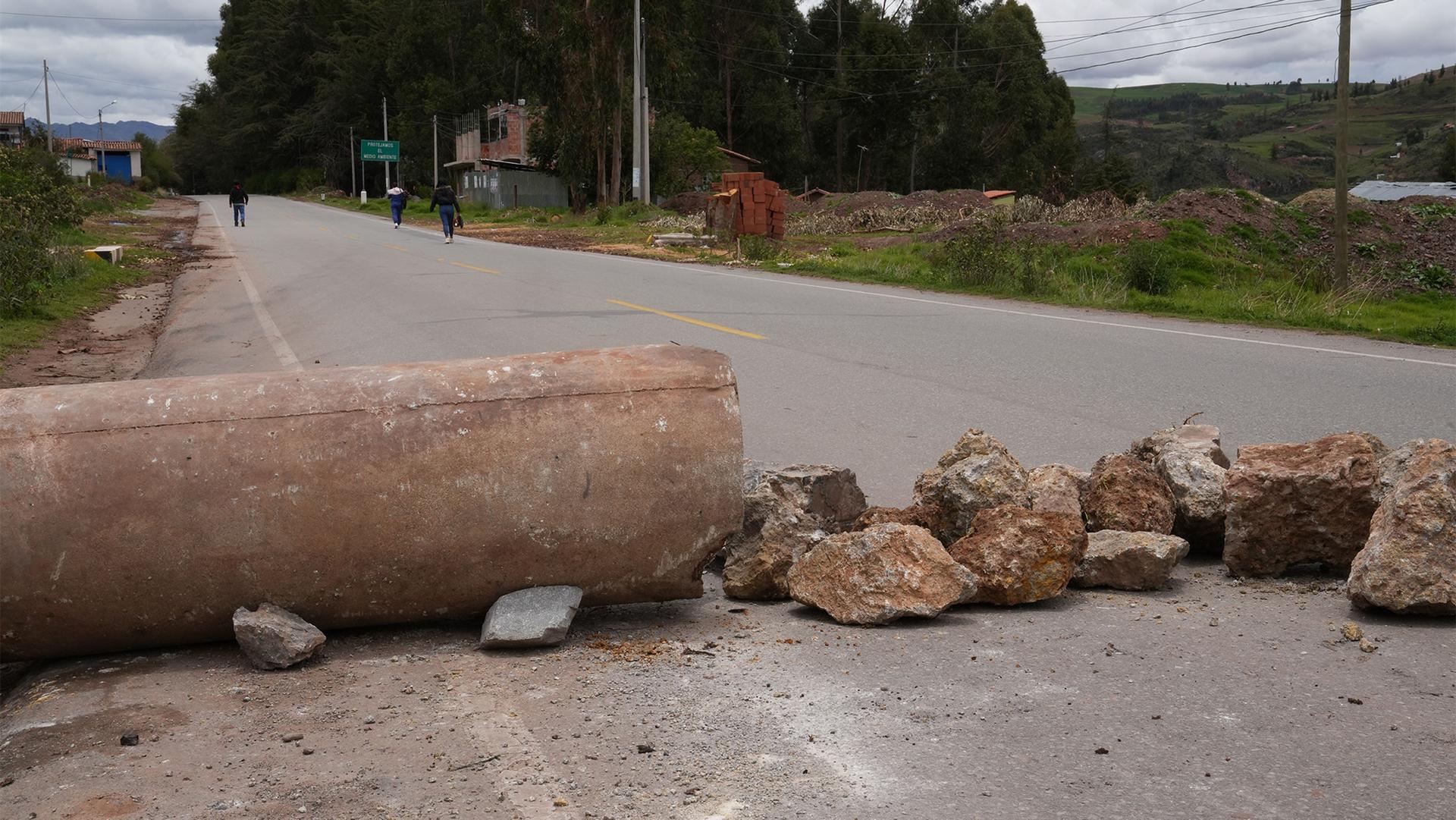
And that also makes it impossible for tourists to get to popular destinations near Cuzco, like the Sacred Valley or the Rainbow Mountain.
In early January, protesters blocked a train track leading from Cuzco to the Inca ruins of Machu Picchu, and local villagers went on strike, prompting the government to shut down the world-famous site.
For the tourism industry, that was the nail in the coffin, according to John Gonzales, president of Cuzco’s chamber of commerce.
“Everyone who comes here wants to see Machu Picchu,” he explained. “So, to avoid disappointment, people are canceling their trips and choosing to go to other countries.”
Some people in Cuzco support the protests, even if they are depriving the ancient city of one of its main sources of income.
Dionisa Condori makes tips by taking photos with tourists. Every day, she dresses up in colorful traditional clothes and takes a bus to central Cuzco with her white baby alpaca in her arms.
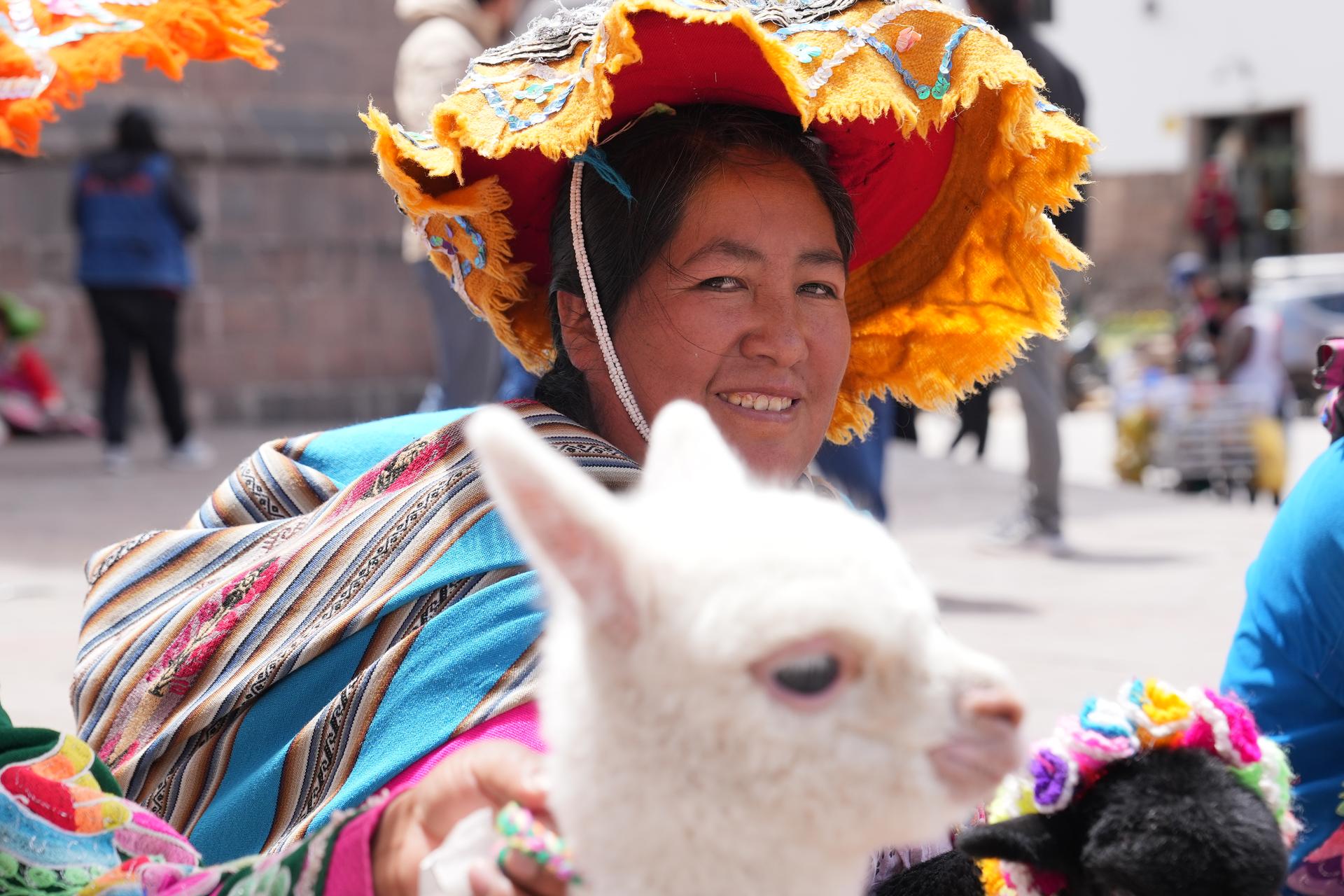
“We want all of Congress to resign,” she said. “They have ignored Indigenous people like us for too long and left us in the margins.” She explained that her village, located outside Cuzco, still has no gas pipes.
President Boluarte has proposed moving elections up to October to reduce the opposition to her beleaguered administration. But Congress would have to approve the proposal, and it’s currently debating the conditions in which new elections could be held.
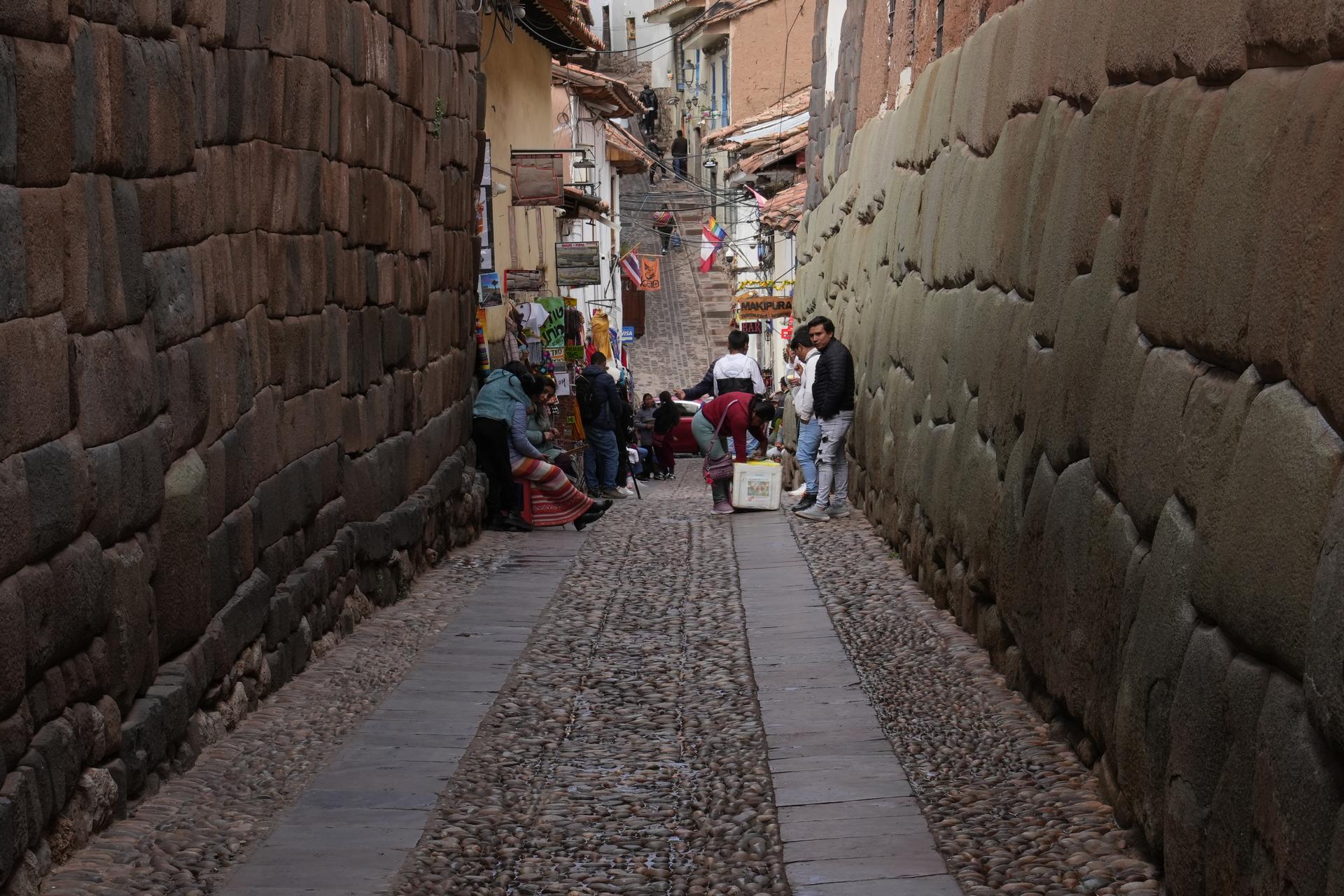
While Condori supports the protests, she also wants a quick solution to the conflict. Basic necessities have become harder to come by. She said that the price of beef and chicken has gone up, with roadblocks making it harder to bring goods into the city. “It’s hard to make a living now,” she said.
And in Cuzco, most people are hoping for a solution to end the roadblocks, in the hopes that visitors will return to the city.
“We have no quarrels with tourists,” Condori said. “We hope that they can come back soon, so that everyone can benefit.”
